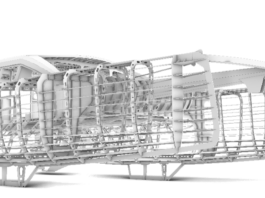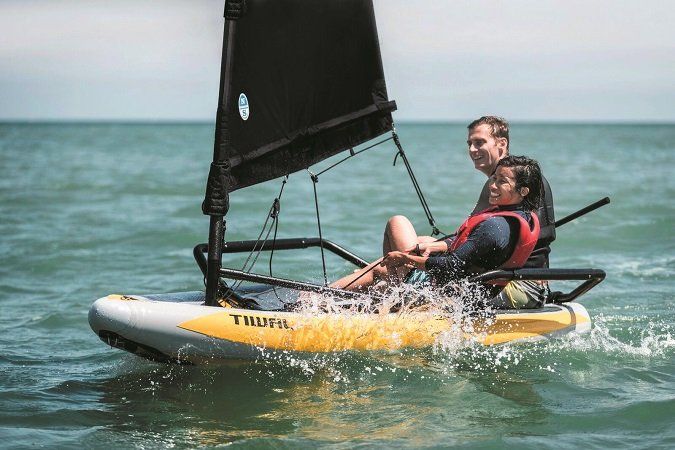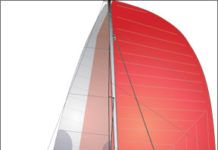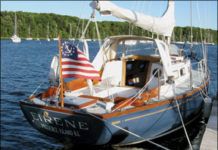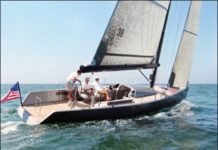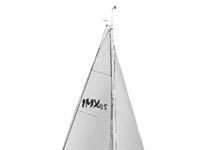New J/95 Centerboard Sailboat is Fit for Shallow Water
Introduced last year, the sleek J/95 is a lightweight, 30-foot sloop with a plumb bow, a bronze centerboard, twin rudders, and a Spartan interior. The J/95 is the brainchild of Rod Johnstone and is built by C&C Fiberglass Composites (CCFC) in Bristol, Rhode Island. An ideal option for baby boomers settling in the shallow estuary areas of the Carolinas and Southwest Florida, the race-ready J/95 is a high performance daysailer thats fun and easy to sail right off the dock. It also offers the potential to take off as a one-design race boat.
Practical Sailor Takes a Look at Trends in Modern Boat Design
Practical Sailor editors have noticed the increasing tendency in newer-model sailboats to be ill-mannered in gusty conditions. Establishing balance between the sails and the hull is one of the main factors in quality boat design. For correct trim, many things must be considered: the ballast package location, the combined longitudinal center of gravity (LCG), and the longitudinal center of buoyancy. At the same time, to maintain a balanced helm, the keel must promote sufficient lead (the fore and aft distance between the center of effort and the center of lateral resistance). To highlight how these boat design principles play out, Practical Sailor looks at classic sailboats such as the Bill Shaw-designed Pearson 32, Ericson 41, Valiant 40, and Peterson 44, and compares their keel/sail ratios and lead values to more modern sailboat designs such as the Catalina, Hunter, Tartan, and Beneteau.
The Daysailers of Daydreams
A daysailer was once simple and small, an entry-level passport to the sport. In the new millennium, however, that has changed. Simplicity may still be a watchword, but the boats have grown into what could be called trophy boats. Hinckley Co.s latest daysail boat is 42 feet long. Morris Yachts is marketing a boat that stretches 53 feet as a daysailer. Ted Fontaine at Friendship Yachts already has built one that size. And these are only a few of the daysail boats with minimal accommodations, big cockpits, and over-size price tags that are filling up the fleet. In all, more than a dozen elegant daysailers have made it to market. This article compares an even dozen: the Alerion Express 28, 33, and 38 (Pearson Composites); e33 (e Sailing Yachts, Robbie Doyle and Jeremy Wurmfeld); the B-38 (Luca Brenta); Bruckmann 42 (Bruckmann Yachts); Crosscurrent 33 (Maxi Dolphin); the Friendship 40 (Ted Fontaine); Harbor 25 (W.D. Schock); Hinckley 42 (Hinckley Yachts), J-100 and J-124 (JBoats), Morris 36 (Morris Yachts), Sabre Spirit (Sabre Yachts), and the wallynano (Wally Yachts).
Offshore Log: IMX 45 Boat Review
Nick Nicholson recently returned from the Marblehead-Halifax Race, in which he was aboard the winning boat as navigator. He decided to devote his column this month to a review of that boat.


































